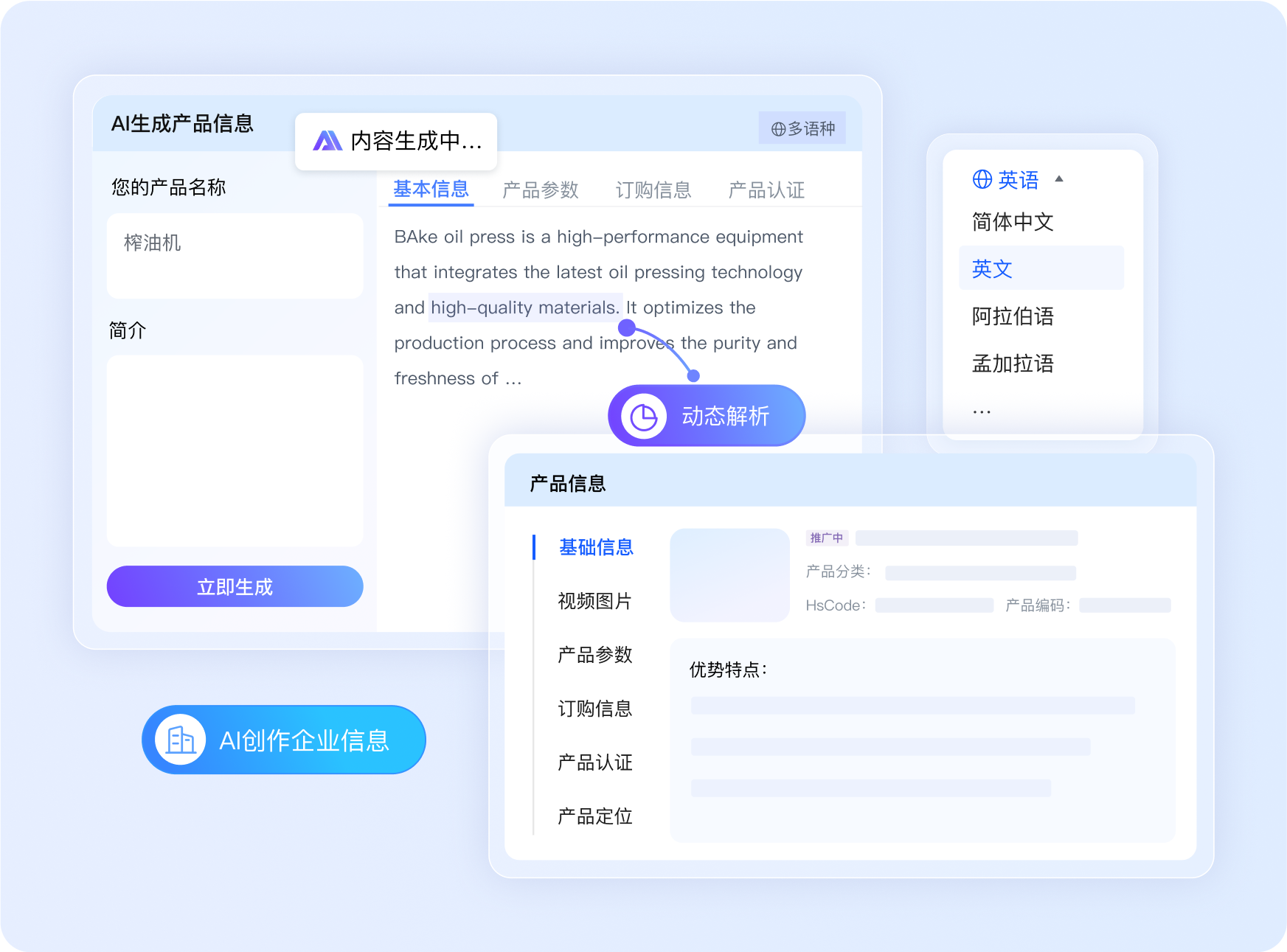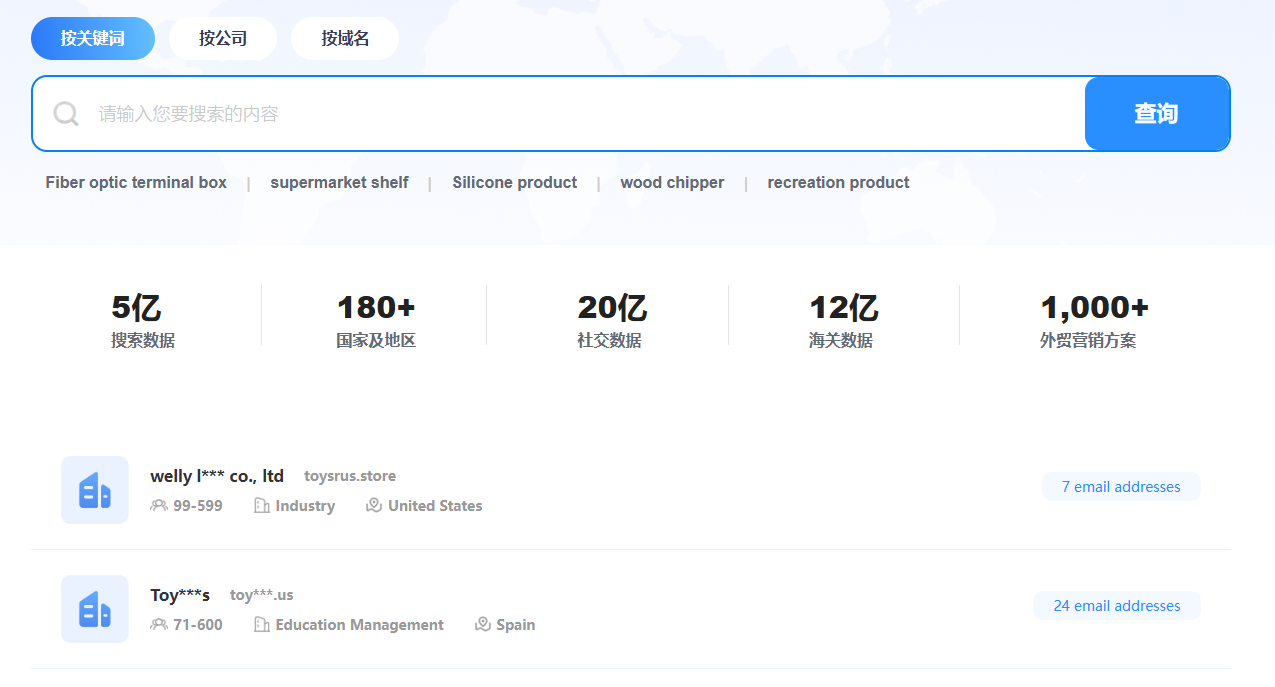 400-076-6558智领未来,外贸超级营销员
400-076-6558智领未来,外贸超级营销员
 400-076-6558智领未来,外贸超级营销员
400-076-6558智领未来,外贸超级营销员

In the realm of exporting to Kenya, mastering the Pre-Export Verification of Conformity (PVOC) certification process is indispensable for avoiding costly delays and penalties. Over recent years, international exporters have encountered frequent bottlenecks due to non-compliance with Kenya Bureau of Standards (KEBS) regulations, especially under the batch inspection and registration framework. This article unpacks the core mechanisms behind PVOC certification and offers evidence-backed strategies to cut clearance times by over 40%, ensuring your products pass swiftly through customs while meeting all local standards.
At its core, the PVOC program mandates that selected product categories imported into Kenya undergo conformity assessment before shipment. This applies to industrial goods, electronics, chemicals, building materials, and several others identified by KEBS. The certification seeks to verify compliance with the applicable Kenyan standards, reducing substandard or unsafe products entering the market.
Companies should first map their exported goods against the officially published product lists, which continue to expand annually. For example, while electrical appliances and construction materials have long been under PVOC’s purview, recent updates added automotive parts and certain plastics. Failing to obtain certification for these designated products causes a significant clearance delay at the port — with some exporters facing hold-ups exceeding 14 days.
| Step | Description | Typical Duration | Efficiency Bottlenecks |
|---|---|---|---|
| Product Testing & Documentation | Compile technical files, lab testing reports (ISO/IEC17025 accredited), and certificates of origin. | 2–4 weeks | Incomplete or non-compliant testing results |
| PVOC Application & Batch Inspection | Submit goods for batch inspection by an approved third-party inspection body. | 1–2 weeks | Scheduling delays and batch sampling inconsistencies |
| Certification & Registration with KEBS | Official issuance of PVOC certificate and electronic registration for customs clearance. | 3–5 days | Processing backlogs and document mismatches |
| Customs Clearance | Presentation of PVOC certificate to customs to release consignment. | Up to 1 week | Failure to present correct certification causes cargo holds |
Exporters must ensure their technical documentation—such as product specifications, testing certificates, and origin proofs—are meticulously prepared to meet KEBS standards. Over 60% of inspection failures arise from missing or incompatible documentation.
Partnering with reputable third-party inspection agencies accredited by KEBS notably reduces risks. A case in point: a Southeast Asian electrical components exporter, after integrating third-party pre-assessments and scheduled batch inspections, shortened their average clearance duration from 18 days to 10 days, achieving a 44% improvement.
Understanding the frequent causes of PVOC non-compliance is pivotal for proactive risk management. Common pitfalls include:
Implementing rigorous internal checks and training ensures teams are well-versed in documentation standards and submission deadlines.
Export-focused enterprises increasingly establish dedicated certification oversight units. These interdisciplinary teams coordinate documentation preparation, liaise with third-party inspectors, and monitor regulatory changes in Kenya’s import laws.
For example, a multinational chemical supplier reduced certification-related delays by 50% within six months after centralizing PVOC coordination and introducing a digital approval workflow. Teams gained heightened responsiveness and compliance awareness—critical in a regulatory environment with evolving standards.

Mastering Kenya’s PVOC certification under the batch inspection and registration regime is no longer optional for exporters targeting this thriving African market — it is a compliance imperative. By focusing on these three key steps—accurate product qualification, rigorous documentation preparation, and collaborative inspection scheduling—foreign traders can cut clearance times by over 40%, avoid costly penalties, and secure timely market access.
Exporters looking to transform their clearance process should not overlook internal certification governance as a strategic enabler for ongoing compliance. The sooner proactive mechanisms are embedded, the stronger your competitive edge in Kenya’s dynamic import market.

Have you encountered PVOC-related challenges in your export operations? Feel free to share your scenarios to receive tailored compliance solutions backed by our extensive cross-industry experience.

.png?x-oss-process=image/resize,h_100,m_lfit/format,webp)
.png?x-oss-process=image/resize,h_100,m_lfit/format,webp)

.png?x-oss-process=image/resize,h_100,m_lfit/format,webp)
.png?x-oss-process=image/resize,h_100,m_lfit/format,webp)
.png?x-oss-process=image/resize,h_100,m_lfit/format,webp)
.png?x-oss-process=image/resize,h_100,m_lfit/format,webp)
